Picture this: You ask a device in your living room to play your favorite song, and within seconds, the melody fills the air. Or maybe you scroll through social media, and the perfect ad seems to know exactly what you want. The world is abuzz with talk of artificial intelligence, but what lies behind this captivating word? Beneath the surface of headlines and hype is a stunning blend of science, math, engineering, and imagination—AI is transforming our lives in ways both visible and hidden. But to truly grasp what AI is, we must peel back the layers, exploring not just how it works but what it means for us, our society, and even nature itself.
The Origins of Artificial Intelligence
Artificial intelligence isn’t as new as it seems. The idea dates back to ancient myths of mechanical beings, but it was in the 1950s that AI became a field of scientific inquiry. Early pioneers like Alan Turing wondered if machines could learn or think like humans. The first AI programs played chess and solved math problems, astonishing scientists with their potential. Despite setbacks and periods of slow progress, the dream of intelligent machines persisted, fueled by the belief that human-like thinking could be recreated in silicon and code.
Defining AI: More Than Just Smart Machines
AI is often described as machines that can “think” or “learn,” but the reality is more nuanced. At its core, AI refers to systems designed to mimic aspects of human intelligence, such as learning, reasoning, problem-solving, perception, and even creativity. It’s not just about robots or talking computers—AI is a spectrum, ranging from simple automation to complex, adaptive programs that surprise even their creators. The field bridges disciplines, blending computer science, math, psychology, and neuroscience.
Machine Learning: The Heart of Modern AI
Machine learning is the powerhouse behind most of today’s impressive AI feats. Rather than following rigid instructions, machine learning systems use data to find patterns and make predictions. Imagine teaching a computer to recognize cats by showing it thousands of cat photos. Over time, the system “learns” what makes a cat a cat—fur, whiskers, certain shapes. This approach powers everything from spam filters to language translation, making AI adaptable and ever-evolving.
Neural Networks: Inspired by the Brain
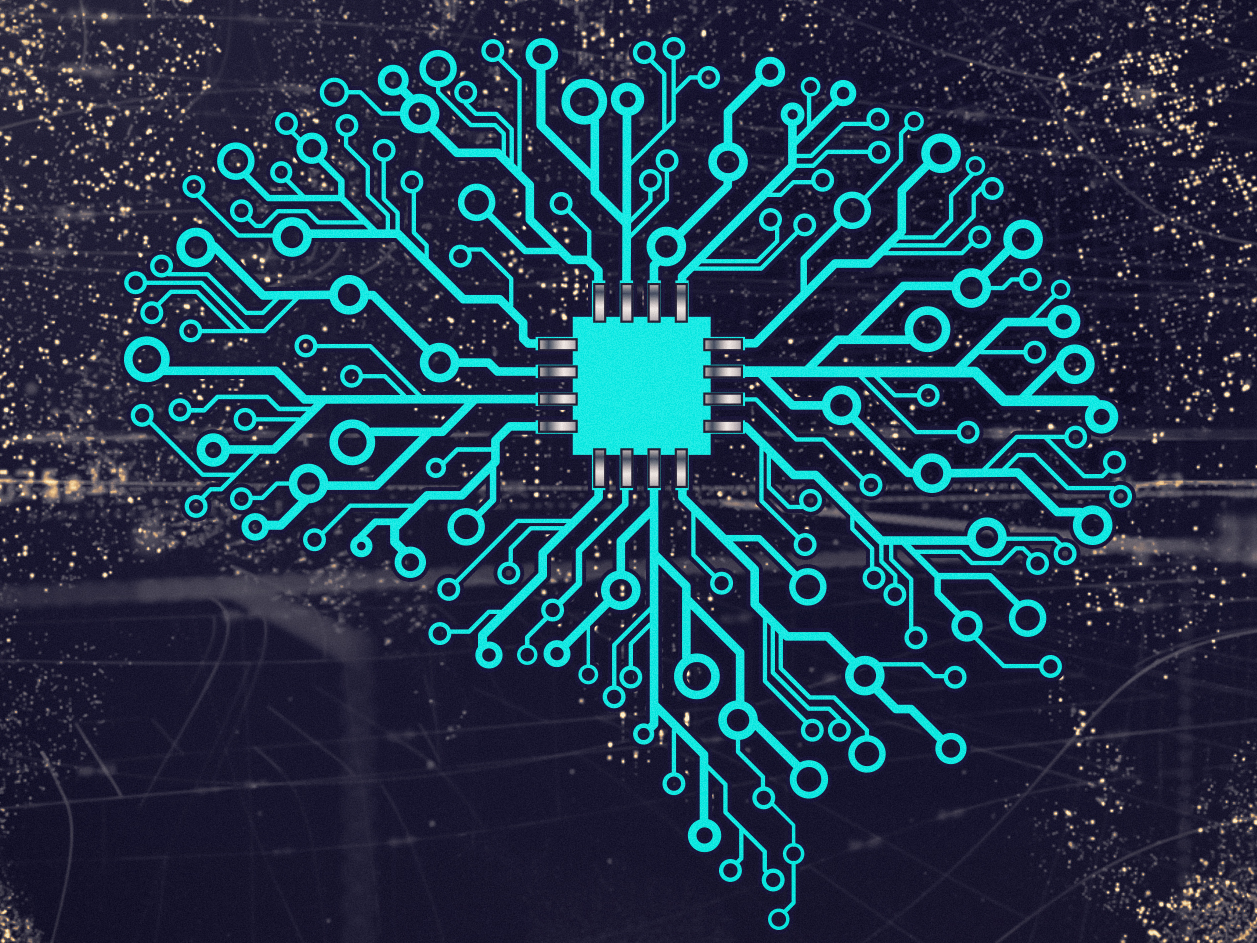
If you’ve heard the term “neural network,” you’re not alone—it’s one of the most exciting developments in AI. Neural networks are computer architectures loosely modeled after the human brain’s network of neurons. They process information in layers, allowing data to flow and be transformed at each stage. This makes them incredibly effective at recognizing speech, images, and even emotions. The more layers and connections, the “deeper” the learning—hence the buzz around “deep learning.”
Natural Language Processing: Teaching Machines to Understand Us
Talking to technology once felt like science fiction, but natural language processing (NLP) has brought this vision to life. NLP enables computers to understand, interpret, and generate human language. From voice assistants that answer questions to chatbots that offer customer support, NLP bridges the gap between human communication and digital logic. The technology relies on vast datasets and clever algorithms, making it possible for machines to grasp context, nuance, and even jokes.
Computer Vision: Giving Machines the Power to See
Imagine a computer that can scan a photo and instantly identify faces, objects, or even emotions. That’s the magic of computer vision. This branch of AI gives machines the ability to “see” and interpret the visual world, much like humans do. Applications are everywhere: self-driving cars navigate busy streets, medical AI detects diseases in X-rays, and social media platforms tag friends in photos. It’s a remarkable blend of camera technology, mathematics, and machine learning.
AI in Everyday Life: The Silent Revolution
AI is woven into the fabric of modern life, often in ways we barely notice. When streaming services recommend your next binge-worthy show or your email sorts out spam, that’s AI at work. Supermarkets use AI to manage inventory, while banks detect fraud with lightning speed. Even weather forecasts and smart homes rely on AI-driven insights. The technology has become so seamless that many of us interact with AI every single day without realizing it.
Autonomous Vehicles: The Road to the Future
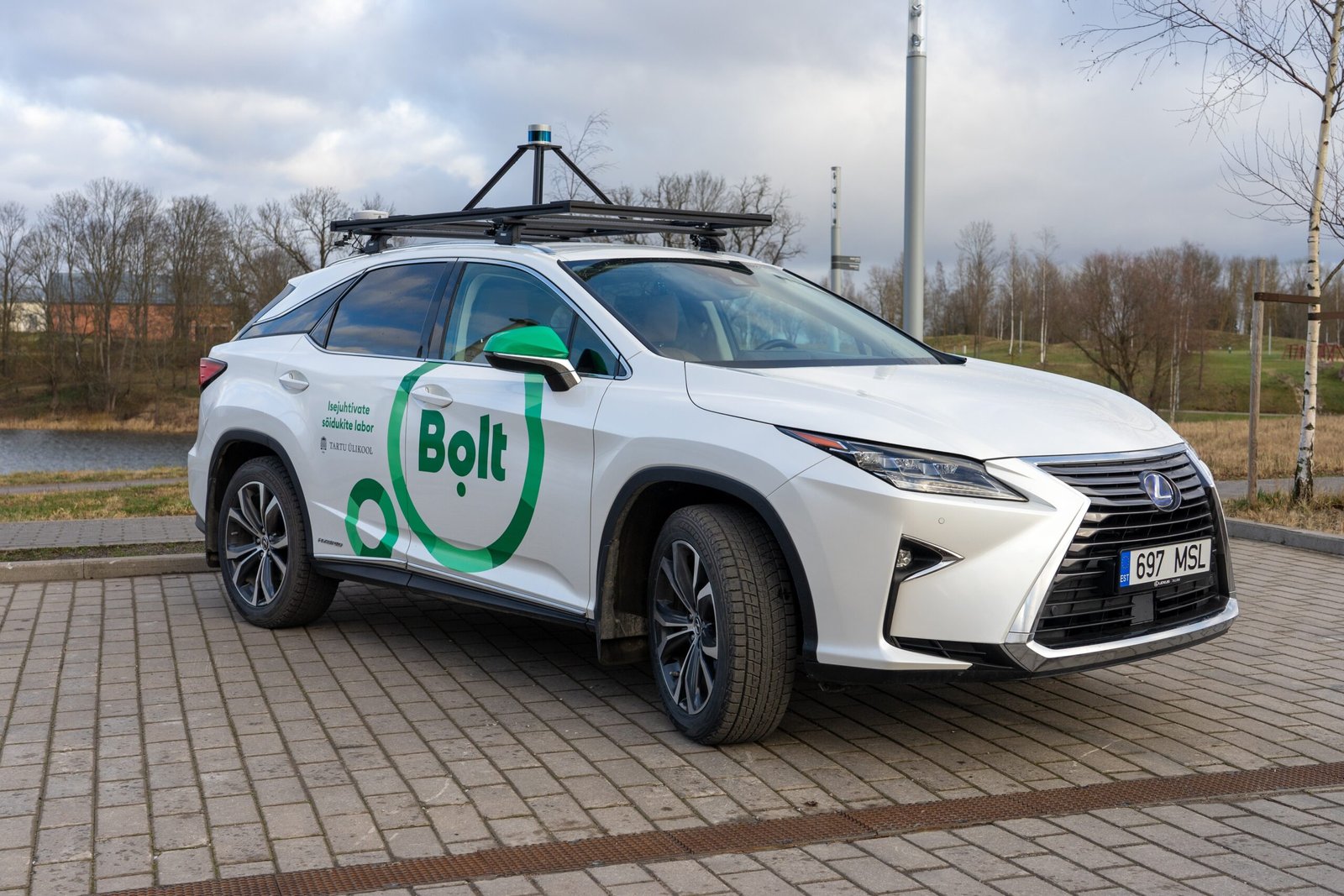
Few things capture the imagination like self-driving cars. These vehicles rely on a dazzling array of sensors, cameras, and AI algorithms to make split-second decisions on the road. They “see” pedestrians, interpret traffic signs, and react to changing conditions, all powered by ultra-fast computer vision and machine learning. The promise is safer roads and greater mobility, but challenges remain—like teaching cars to handle unpredictable situations or ethical dilemmas.
AI and Creativity: Machines Making Art
Can a machine be creative? The answer is increasingly yes. AI systems today compose music, paint portraits, and even write poetry. Some AI-generated artworks have sold for high prices at auction. These creative machines use deep learning to analyze massive collections of human-made art, then produce new pieces with a twist of novelty. The results can be surprisingly moving, raising questions about the nature of creativity itself.
Ethics and Bias: The Dark Side of AI
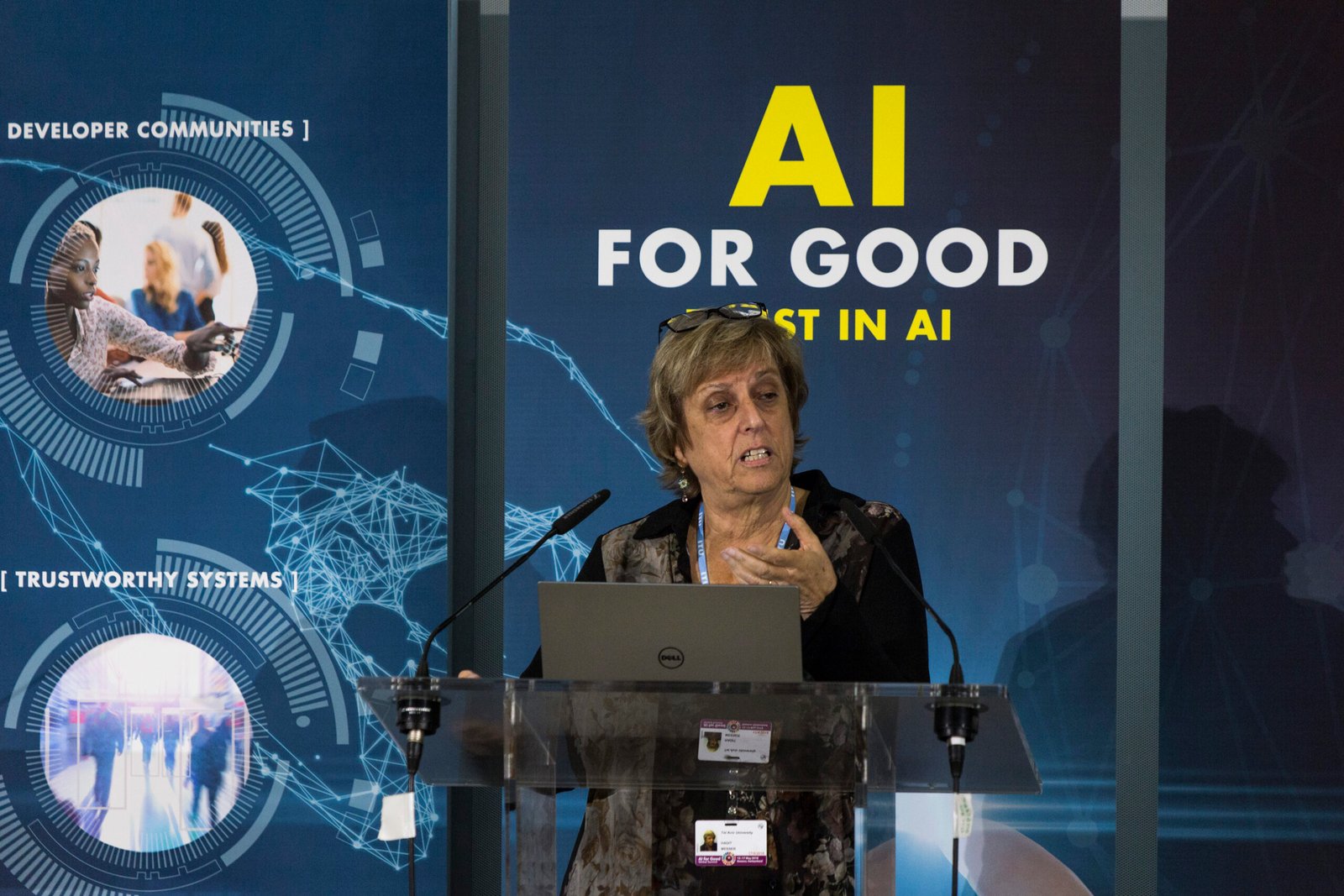
With great power comes great responsibility. AI systems reflect the data they’re trained on, which means they can inherit human biases—sometimes with troubling consequences. For example, facial recognition tools have shown higher error rates for people with darker skin tones. Decisions made by AI in hiring, lending, or law enforcement can have serious impacts on real lives. The push for ethical AI is about ensuring fairness, transparency, and accountability in these powerful systems.
AI in Healthcare: Saving Lives and Changing Medicine
The impact of AI in healthcare is nothing short of revolutionary. AI algorithms can detect diseases in medical images more accurately than some doctors, predict patient risks, and suggest personalized treatments. During the COVID-19 pandemic, AI helped track outbreaks and accelerate vaccine development. Still, doctors and patients must trust these systems, knowing their decisions come from reliable data and clear reasoning.
Robotics: When AI Meets the Physical World
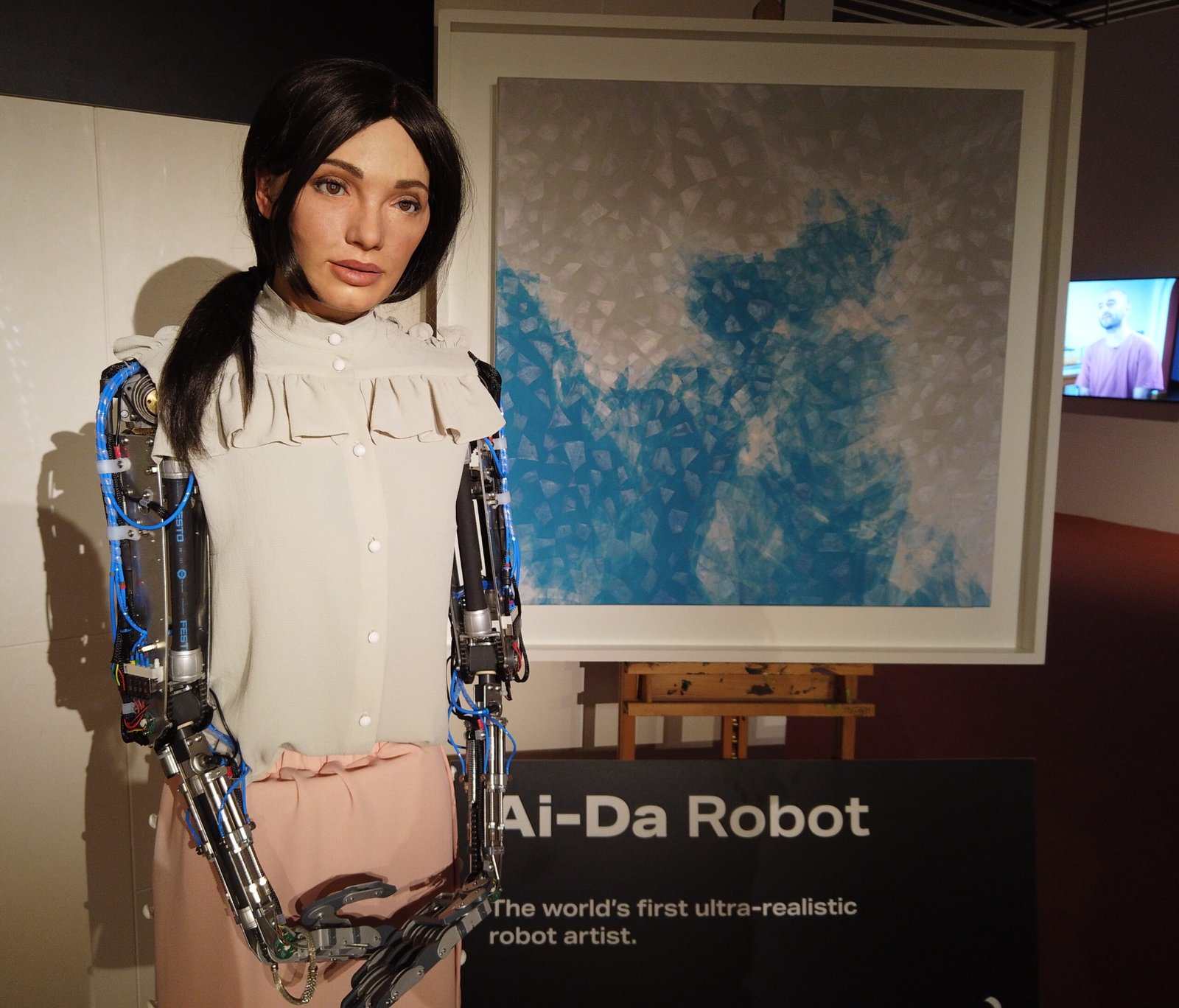
Robots have long fascinated us, but when AI powers their “brains,” they become truly remarkable. Modern robots can navigate warehouses, perform delicate surgery, or explore distant planets. They sense their environment, adapt to changes, and even interact with humans. The fusion of robotics and AI is opening up new frontiers, from agriculture to disaster response, showing how machines and humans can collaborate in unexpected ways.
AI in Nature: Learning from the Wild

Surprisingly, AI is helping us better understand and protect the natural world. Conservationists use AI to track endangered animals, analyze bird songs, and monitor forests from space. By processing vast amounts of environmental data, AI uncovers patterns that would take humans years to find. This technology not only aids research but also inspires new algorithms—like “swarm intelligence,” modeled after flocks of birds or colonies of ants.
Superintelligence: The Stuff of Science Fiction?
The idea of machines surpassing human intelligence—known as superintelligence—sparks both excitement and fear. Some experts warn about potential risks, while others see it as a distant dream. Today’s AI excels at narrow tasks, not general reasoning or consciousness. Still, the debate over superintelligence keeps philosophers and scientists busy, reminding us that our creations could one day outgrow their creators in unexpected ways.
Human-AI Collaboration: Better Together
Rather than replacing humans, many experts envision AI as a powerful partner. In creative industries, AI assists artists, writers, and designers by offering fresh ideas or handling repetitive tasks. In science, AI helps researchers sift through mountains of data. The future may belong not to machines alone, but to teams of humans and AI working side by side—bringing out the best in both.
AI and the Economy: Shaping Jobs and Industries
AI is reshaping the global economy, creating new opportunities but also raising concerns about jobs. While some roles may disappear, others emerge—data scientists, AI trainers, and robot technicians are in high demand. Entire industries are being transformed, from finance and agriculture to entertainment. The key is adaptation: learning new skills and reimagining what work can be in an AI-driven world.
Environmental Impact: AI’s Carbon Footprint
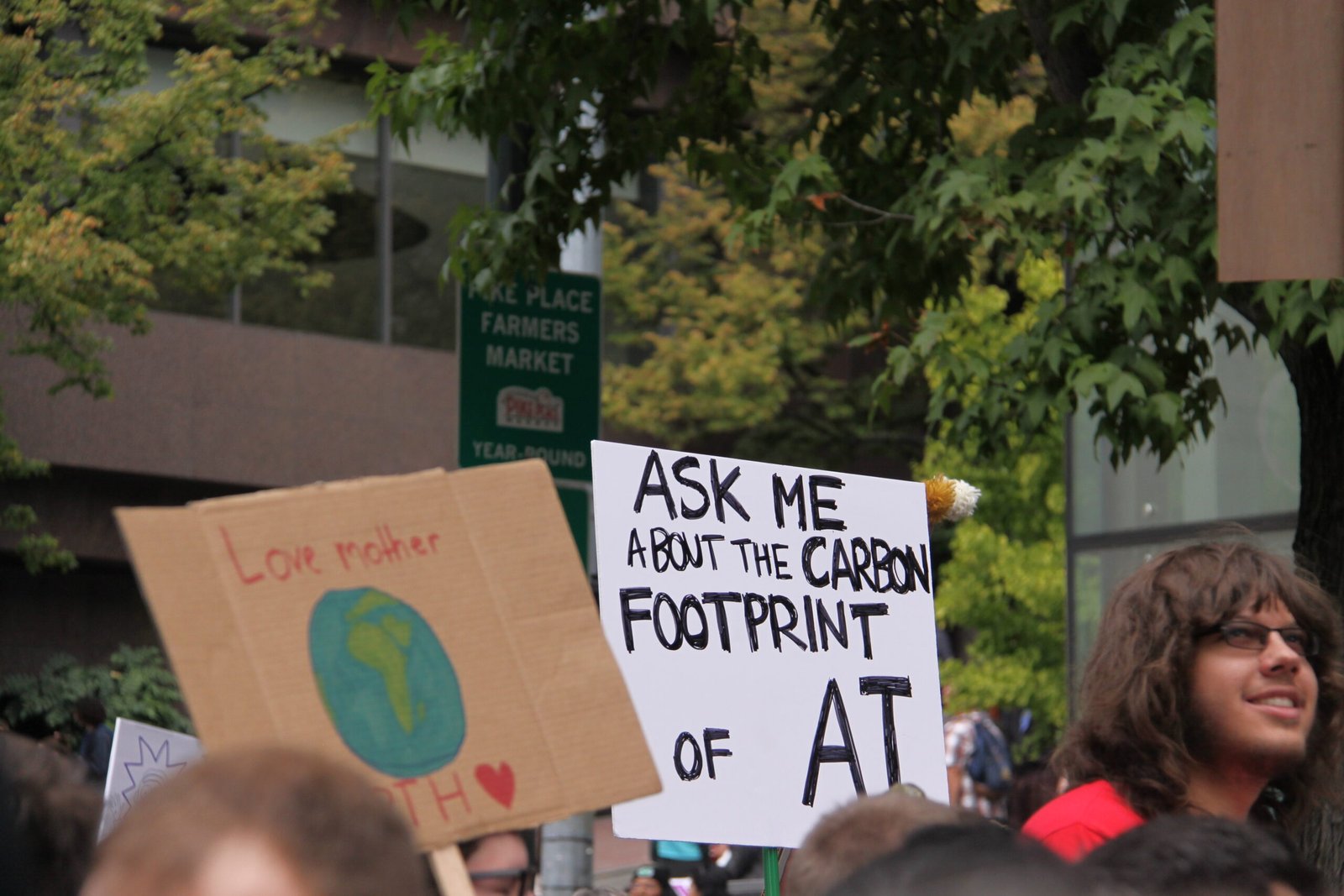
As AI systems grow more powerful, they require massive amounts of computing power—sometimes rivaling the energy needs of entire cities. Training advanced models can generate significant carbon emissions. Researchers are now focused on building greener AI, using smarter algorithms and renewable energy. The goal is to harness the benefits of AI without sacrificing the health of our planet.
Security and Privacy: Protecting What Matters
AI’s ability to analyze vast amounts of data is both a blessing and a risk. While it can spot cyber threats faster than humans, it also raises questions about surveillance and privacy. Who owns the data that AI learns from? How can we ensure our personal information is safe? These questions are at the heart of an ongoing debate, as society seeks to balance innovation with individual rights.
The Future of AI: Limitless Possibilities
The journey of AI is only beginning. Researchers are pushing boundaries, exploring ways for machines to reason, feel, and even dream. Advances in quantum computing and brain-inspired chips hint at even greater leaps ahead. What will AI look like in a decade—or a century? The only certainty is change, as AI continues to reshape our world in ways we can hardly imagine.
Staying Curious in an AI World
Artificial intelligence is more than a buzzword—it’s a force that touches every aspect of modern life, from the mundane to the miraculous. As we navigate this rapidly changing landscape, staying curious and informed is our best compass. The story of AI is, at its heart, the story of us—our hopes, fears, creativity, and desire to understand the world. What will you create, discover, or imagine with the help of AI?

